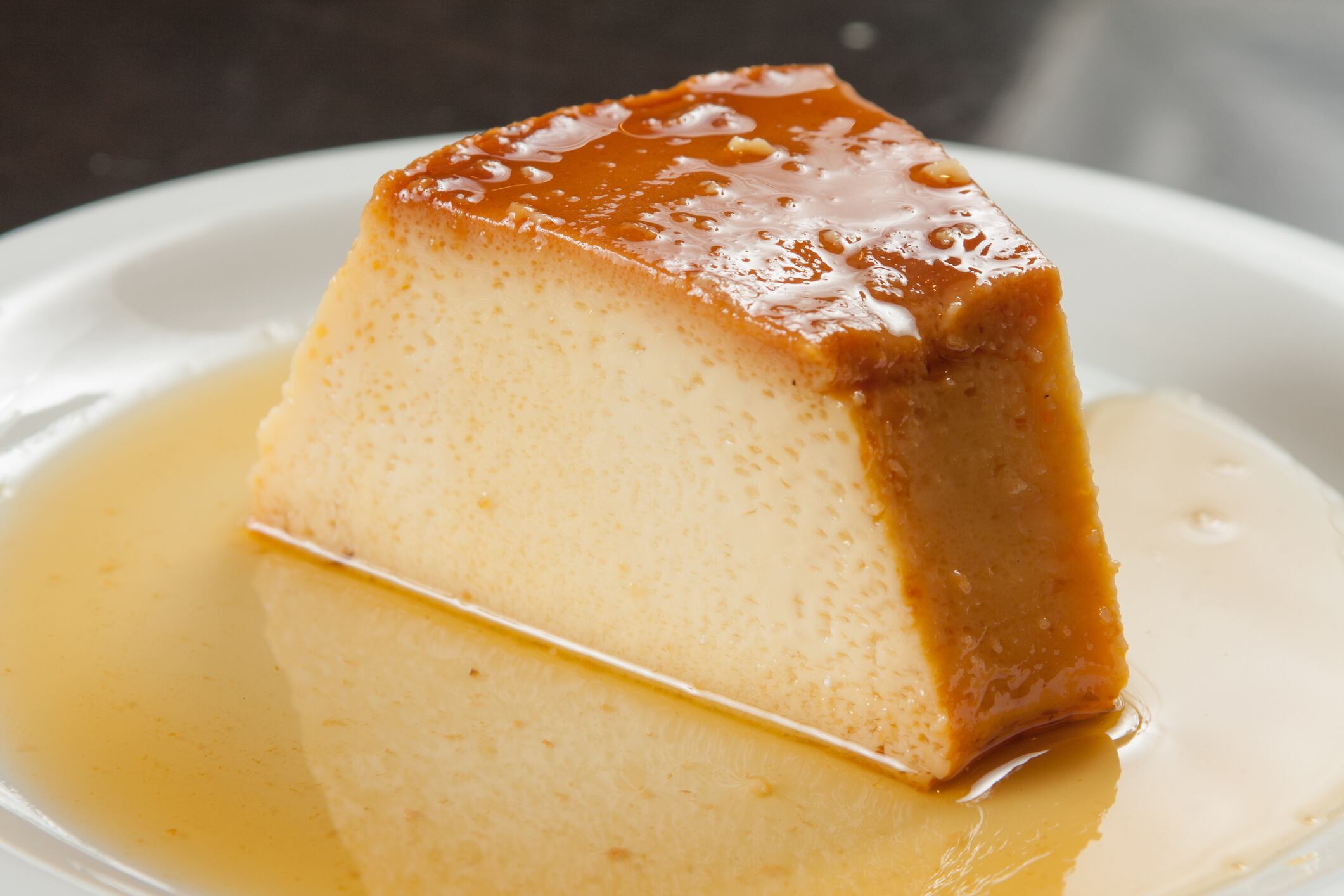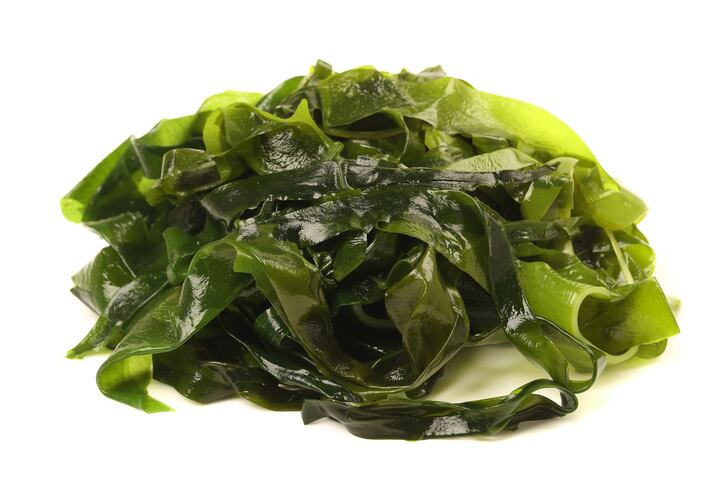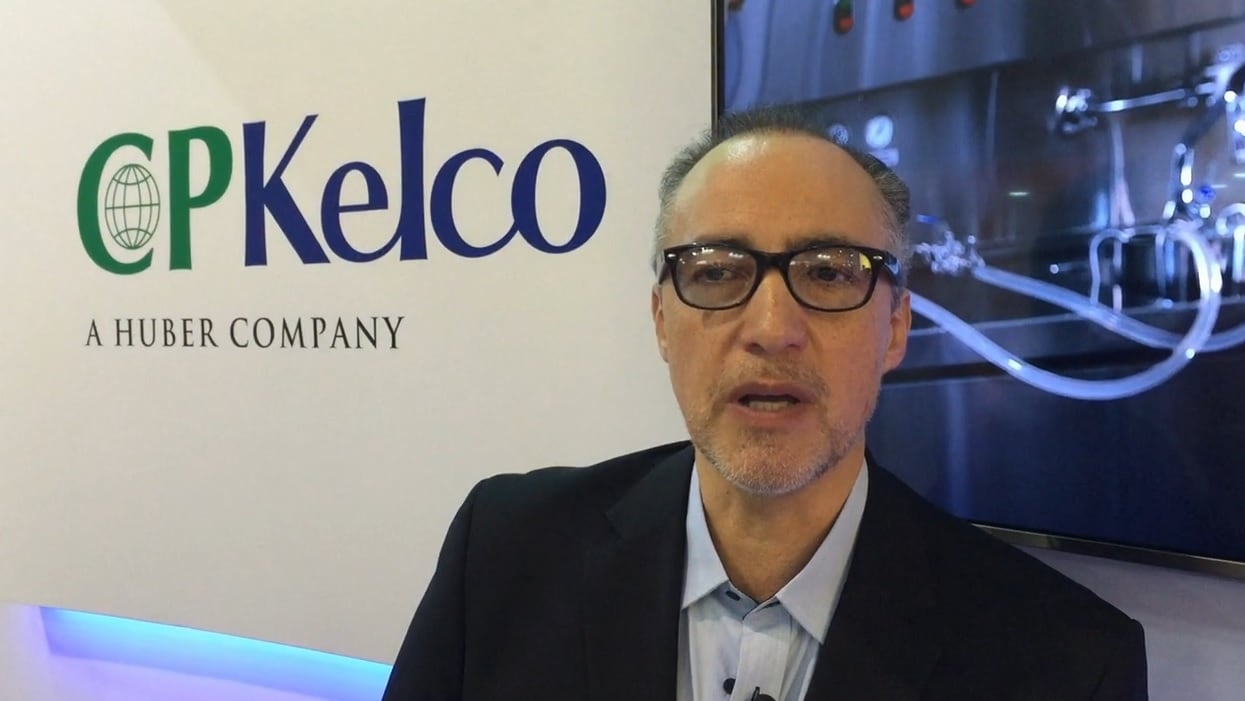Used as a gelling agent, binder, emulsifier, and thickener in a range of categories from confectionery to dairy, gelatin is a natural protein made by partially hydrolyzing collagen in the skin and bones of animals.
“Brazil is one of the main bovine gelatin producers in the world so we have a lot of raw material to work with,” said Sandra Lucchetti, marketing coordinator for South America, adding that the country is important for Germany-headquartered Gelita, where it has two factories.
Around 70% of the gelatin that Gelita produces at its two factories in Brazil is for international exports, including Latin American countries, with the rest is sold domestically in Brazil.
According to the company, the popularity of jelly and flan in many countries in Latin America means demand for Gelita’s products remains strong.
“In Latin America, the biggest food application is table jelly,” Léia Tomaz, sales director for South America, said. “It’s really strong here because it is such a popular dessert across Latin America.”
One of its leading customers in Brazil, Dr Oetker, launched a jelly version called Minha Gelatina, made with natural colors, organic sugar, and added vitamins and minerals.
The second biggest application is confectionery, where it is used in gummy sweets, followed by dairy products thanks to its stabilizing properties in products such as yogurt.
Protein potential
This second category is where Gelita sees the biggest potential thanks to the growing trend for better-for-you gummy sweets that are fortified with protein and functional collagen. Gelatin has a minimum protein content of 85% while collagen has a 92% minimum content.
“Companies are focusing on gelatin gummies because they are perceived as healthier by consumers than a hard sweet, which is only sugar,” Tomaz told FoodNavigator-LATAM. “Gelatin is a protein so this is a way to consume more protein and if you change artificial colorants or flavors for natural sweeteners you can make the product healthier. Mothers really think these are healthier treats to give to the kids.”
High protein claims are "not yet" seen on confectionery products in Brazil but are a regular fixture on dairy products in the region and, according to Tomaz, will soon cross over to confectionery.
Supply problems
One of the biggest challenges for Gelita currently is ensuring supply can keep up with demand, said Tomaz, who added that Gelita is looking to increase its production capacity both in Brazil and globally, either through factory expansions or acquisitions.
“Demand for gelatin in Latin America is higher than the production. The capacity of the region is full, not just for Gelita but for all producers. Because collagen is very successful and demand is growing faster than gelatin, many companies are changing from gelatin to collagen production.”
This is further pushing up the price of gelatin, which in 2019 rose by around 20%, Tomaz said. Despite the price rise, many manufacturers choose to stick with gelatin for their formulations despite the increased cost.
“For table jelly and gummy sweets there is no alternative that is a direct competitor to gelatin,” she said. “You can make gummies with starch or pectin but it has a completely different texture, and pectin prices are higher than gelatin anyway. In dairy, where gelatin is used as a stabilizer, a company might choose to use a blend of stabilizers instead.”
According to Mordor Intelligence market research company, the food-grade gelatin market is expected to register a compound annual growth rate (CAGR) of 7.14% for the period 2019- 2024.



